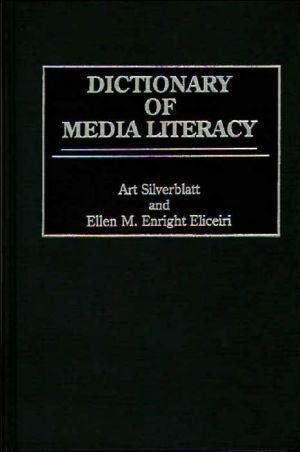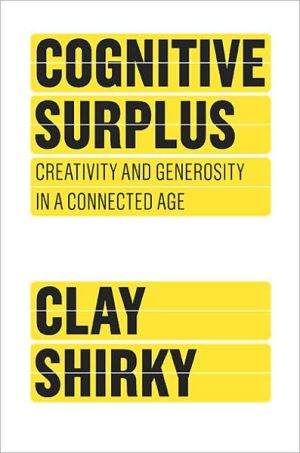Dictionary Of Media Literacy
The ^IDictionary of Media Literacy^R is a reference work that contains key concepts, terms, organizations, issues, and individuals of note related to the field of media literacy. Media literacy is an international movement, with many countries developing media literacy programs. This work significantly contributes to the study and understanding of this new and evolving field. In that we all live in a world in which we are inundated by information conveyed through the channels of mass...
Search in google:
A first-of-its-kind reference work containing key concepts, terms, organizations, issues, and individuals of note related to the new and evolving international field of media literacy. Library Journal The audiences for these three resources on media and communications will range widely. Silverblatt and Eliceiri's dictionary is quite specialized, devoted solely to terms, concepts, organizations, and people associated with the narrow subfield of media literacy, which involves developing analytical skills to evaluate the quality of information disseminated by mass media. International in scope, the work includes a lengthy bibliography and references at the end of many entries. Watson and Hill's dictionary, which first appeared in 1984 and has become a standard work in the United Kingdom, furnishes broad coverage of mass communications terminology. Unfortunately, it has limited value in North America due to its heavy British emphasis, as evidenced by the entries on "Defamation," "Libel," and "Slander," for instance. Weiner's work, originally published in 1990 (LJ 6/15/90) and named an LJ Best Reference Book for that year, has been updated to reflect new vocabulary in the communications media, e.g., "home page" and "Internet." By far the largest and most current work of its kind, the lexicon concisely defines some 35,000 technical and slang terms in language readily comprehensible to nonspecialists. A work of impressive quality, Weiner's revised edition deserves a place in all but the smallest public and academic libraries. Only journalism and communications libraries need consider the other two works.Ken Kister, author of "Best Encyclopedias," Tampa, Fla.
AcronymsPrefaceDictionary of Media LiteracyAppendix: Subject DirectoryBibliographyIndexAbout the Contributors
\ Library JournalThe audiences for these three resources on media and communications will range widely. Silverblatt and Eliceiri's dictionary is quite specialized, devoted solely to terms, concepts, organizations, and people associated with the narrow subfield of media literacy, which involves developing analytical skills to evaluate the quality of information disseminated by mass media. International in scope, the work includes a lengthy bibliography and references at the end of many entries. Watson and Hill's dictionary, which first appeared in 1984 and has become a standard work in the United Kingdom, furnishes broad coverage of mass communications terminology. Unfortunately, it has limited value in North America due to its heavy British emphasis, as evidenced by the entries on "Defamation," "Libel," and "Slander," for instance. Weiner's work, originally published in 1990 (LJ 6/15/90) and named an LJ Best Reference Book for that year, has been updated to reflect new vocabulary in the communications media, e.g., "home page" and "Internet." By far the largest and most current work of its kind, the lexicon concisely defines some 35,000 technical and slang terms in language readily comprehensible to nonspecialists. A work of impressive quality, Weiner's revised edition deserves a place in all but the smallest public and academic libraries. Only journalism and communications libraries need consider the other two works.Ken Kister, author of "Best Encyclopedias," Tampa, Fla.\ \ \ \ \ BooknewsA compilation of significant concepts, issues, organizations, people, and international developments in the field of media literacy. Entries vary from a paragraph to a page or two in length. Since the broad- based media literacy movement has adopted its materials and approaches from a variety of disciplines, this is a good source for short explanations of such frequently encountered names and terms as deconstruction, semiological analysis, gestalt psychology, Ben Bagdikian, and communications ecology. Annotation c. by Book News, Inc., Portland, Or.\ \








